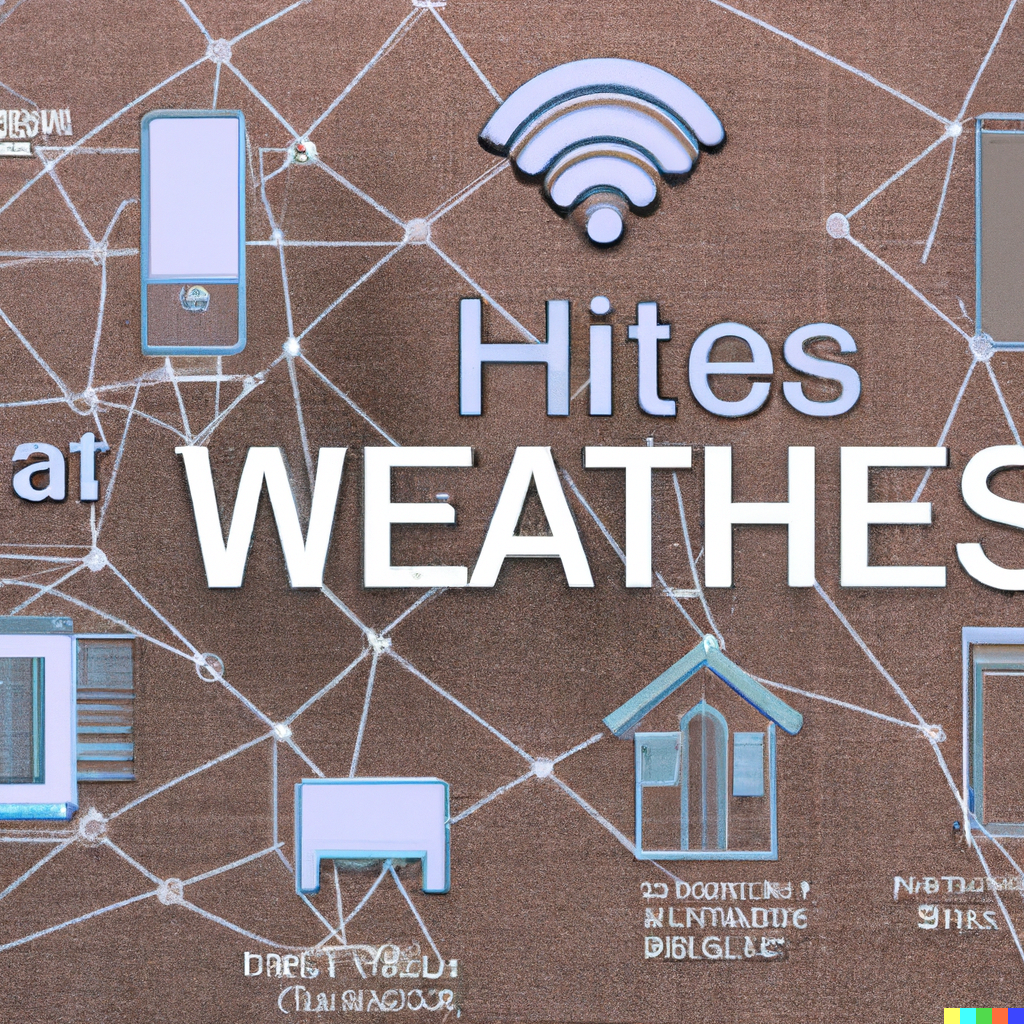
As you delve into the realm of Smart Home Automation, you’ll come across numerous wireless technologies that seamlessly connect smart devices to create a network. Like Zigbee, Wi-Fi, and Bluetooth,Z-Wave is one such protocol that plays a crucial role in smart homes by enabling communication between devices such as locks, lights, sensors, and smart plugs. In this article, we will take an in-depth look at Z-Wave, including its communication, operation, reliability, effectiveness, and compatibility.
Z-Wave Overview
let’s briefly cover a few historical facts that you should know before we get to the technical details. Z-Wave was developed by the Zigbee Alliance, a global consortium of companies dedicated to creating open standards for the Internet of Things. Unlike Zigbee, Z-Wave was specifically designed for smart homes, with a focus on reliability, security, and compatibility with a wide range of smart devices. So, that’s a quick rundown of the history of Z-Wave. It’s important to understand where it comes from before getting into the nitty-gritty details.
How Does Z-Wave Connect Devices in a Smart Home?
Alright, so how does Z-Wave actually make all the smart devices in your home communicate with each other?
Related Posts:
Z-Wave devices cannot communicate directly with each other on a smart home network. Instead, a central hub or controller is required to facilitate communication between devices. That is the basics of how Z-Wave communicates. Keep in mind that you need a central hub for all the devices to connect through.
How Does Z-Wave Function In a Smart Home?
Now that we understand how Z-Wave communicates, let’s see how it functions in a smart home .
Z-Wave operates using a mesh network controlled by a central hub. Smart devices communicate by sending pre-programmed Z-Wave messages to the hub, which then routes them to the intended device to carry out the user’s request. These messages from the sending device can include such information as on and off status, motion detection, open and closed status, temperature, humidity readings, and many more. This network design ensures that the smart home remains connected, even if one device fails.
To put the technical explanation in simpler terms, let’s take an example.
Imagine you have several motion sensors configured as Z-Wave devices in your Smart Home. When one of these sensors detects motion, it needs to communicate this information to the hub. So, the sensor sends a message to the hub indicating motion detection. Once the hub receives this message, it sends instructions to another Z-Wave-enabled device on the network, such as a smart lock, to unlock the door. That is essentially how Z-Wave operates in a smart home.
Is Z-Wave a Reliable Option?
Reliability is a crucial aspect of any smart home technology, and Z-Wave is a secure and reliable protocol for smart homes, operating on a frequency of 908.42 MHz in the US and Canada. A standard Z-Wave network has a range of 100 m and can support up to 232 devices. However, network quality may degrade once 40 to 50 devices are connected.
Is Z-Wave Effective for Smart Homes?
We’ve seen how Z-Wave works, but does it work well? Well, Z-Wave is an efficient communication protocol for smart homes, designed to consume minimal power, thereby prolonging the battery life of smart devices.
Is Z-Wave compatible with Other Devices?
Compatibility is key in a smart home, and Z-Wave is compatible with a lot of different devices, including lighting systems, sensors, and security cameras. It’s also supported by popular smart home automation platforms like Home Assistant, SmartThings, and HomeKit.
Final Thoughts
So, is Z-Wave the right choice for your Smart Home? When it comes to making a decision on which communication protocol to use for your smart home, Z-Wave is certainly a solid choice to consider for your devices. With its efficient performance, low power consumption, reliable connections, and compatibility with numerous smart home devices, you can be confident that your smart devices will connect and operate seamlessly using Z-Wave.
I hope you found this article, "Unlocking the Power of Z-Wave for Your Smart Home: A Guide for Beginners", informative and useful. For more smart home automation content, you might want to read this article next: Smart Bulbs, Smart Switches, and Smart Dimmers: A Comprehensive Comparison. If you found this article helpful, Subscribe to the On Motion Detected YouTube Channel, or sign up for our newsletter for more smart home automation content delivered to your inbox.

